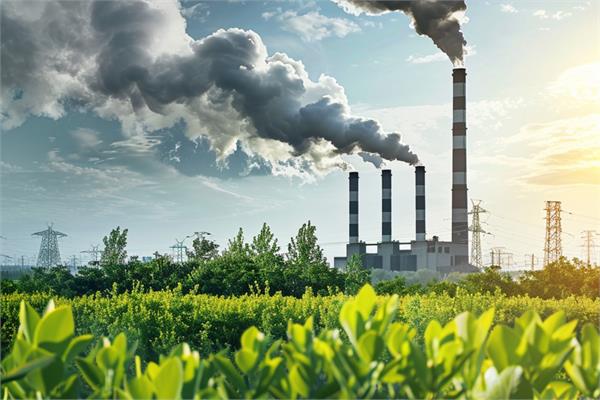
Covestro has established four key points in its strategy to reduce greenhouse gas emissions.
Covestro has recently published its climate neutrality objectives for scope 3 emissions, aiming to reduce greenhouse gases by 10 million tonnes by 2035 and achieving climate neutrality by 2050.
“Our Scope 3 targets are both ambitious and realistic supported with a concrete implementation plan. This is an essential building block of our climate strategy. Completing our climate neutrality targets is another major milestone in aligning all of our activities with our vision of becoming fully circular. In this way, we are demonstrating once again that we take a leading role in transforming the chemical industry” has stated Markus Steilemann, CEO of Covestro.
Covestro focuses on four Scope 3 categories in the short to medium term within its climate strategy. To do this, Covestro has identified the following key levers:
- The first lever requires suppliers to reduce their scope 1 and scope 2 emissions. The company has also entered into a long-term supply agreement for recycled raw materials that reduce scope 3 emissions, in addition to other changes such as improving efficiency, carbon capture and storage in suppliers' production processes;
- The second lever is the profitable sale of products made from alternative raw materials. Covestro already has circular solutions in its product portfolio with the CQ (circular intelligence) label, made up of at least 25% alternative and non-fossil raw materials;
- The third lever is the MAKE investment projects in which Covestro produces alternative raw materials with a lower environmental impact, such as the production of aniline of biological origin or the use of proprietary recycling technologies to make the use of recycled raw materials possible;
- The fourth lever includes a large number of different factors that help reduce scope 3 emissions, such as increasing recycling rates to reduce emissions from waste incineration and changes to logistics and energy extraction primary.
“Calculating scope 3 emissions is challenging for us as a chemical company. This is because such emissions are generated both upstream, when we purchase raw materials and downstream, after we sell our products. Because of this, measures to reduce scope 3 emissions impact our suppliers as well as our customers and will require a transformation of the entire supply chain. Through innovation, cooperation with our partners along the supply chain, and a detailed plan of action involving all four levers, we will achieve our scope 3 targets”, Heinemann continues,” has added Torsten Heinemann, Head of Innovation and Sustainability at Covestro.